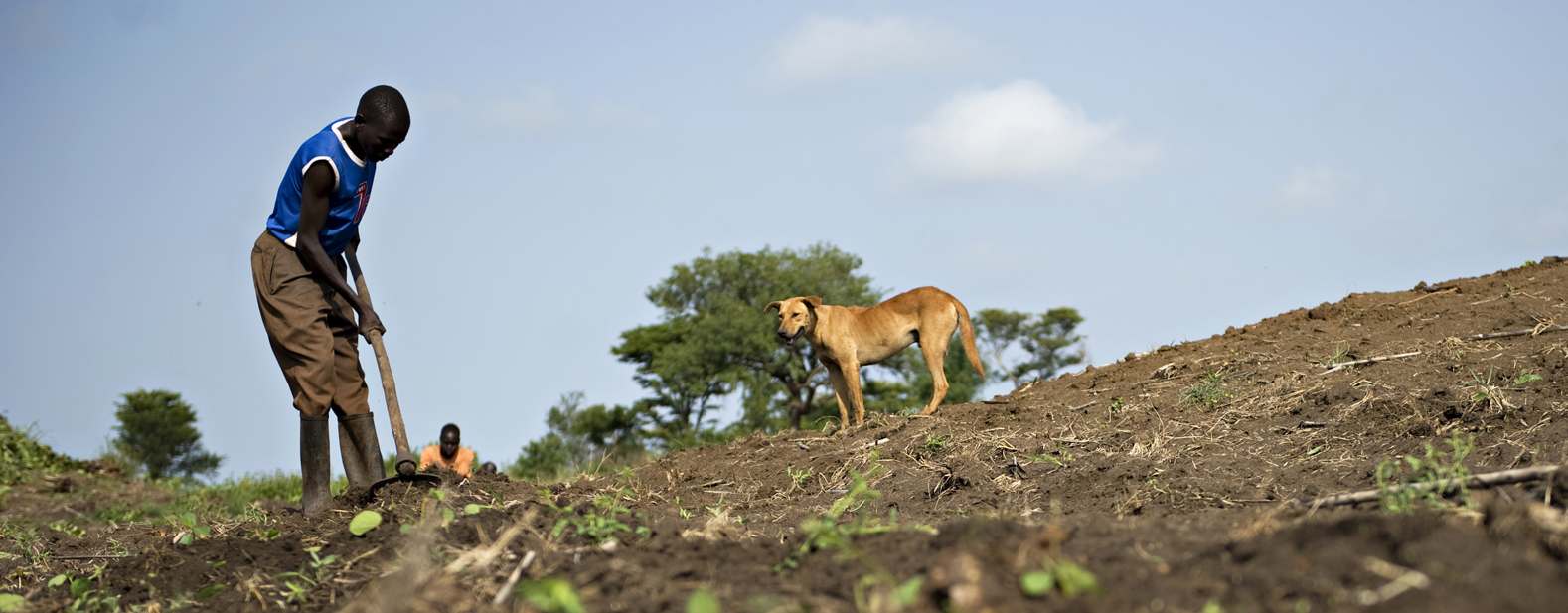
One Health approach to rabies
Rabies is a deadly viral disease that can be transmitted from animals to humans through bites or scratches. The virus attacks the nervous system and can cause death if not treated. There is no cure for rabies once symptoms appear, but it is preventable. The best way to prevent rabies is to get vaccinated against the disease. Vaccination is also important for pets, as they can transmit the virus to humans.
Rabies is responsible for around 59,000 deaths worldwide annually. In addition to human deaths, animals including livestock are also affected with over US$500 million in livestock losses annually. This affects food security and farmer livelihoods. When rabies is present, farmers may be afraid to tend to fields and traders to go to markets. Poor and marginalized communities are most heavily impacted as treatments and access to treatments can be costly.
FAO supports member countries in their efforts to prevent and control rabies, including disease surveillance and outbreak responses, laboratory capacity building, public awareness promotion, dog vaccinations, cross-sectoral collaboration (public health, wildlife, municipalities and local communities), and rabies national control plan development and implementation through a One Health approach.
⦿ Rabies is a vaccine-preventable viral disease which occurs in more than 150 countries and territories.
⦿ Rabies kills an estimated 59,000 people each year, mostly in Africa and Asia. Most of these deaths are children.
⦿ Rabies causes an estimated cost of USD 8.6 billion per year globally.
Find out more

Case studies
Rabies prevention and control case studies
Examples of FAO’s activities to support member countries in Africa, Asia and the Middle East to tackle the risk of rabies through a One Health approach.

Event
World Rabies Day
World Rabies Day is an annual observance held on 28 September to raise awareness about rabies and its prevention.

News
Preventing the impact of rabies on humans and animals with a One Health approach
Strengthening educational awareness at the community level to prevent exposure, and through mass vaccination of dog populations is a paramount necessity.
